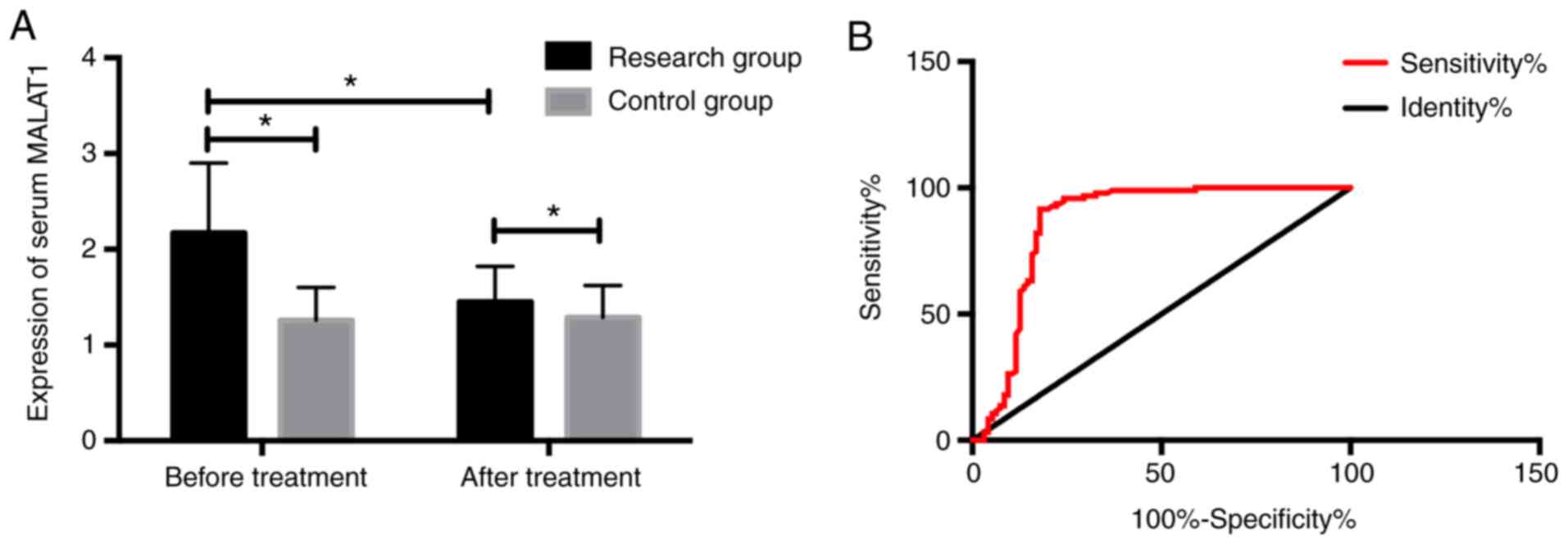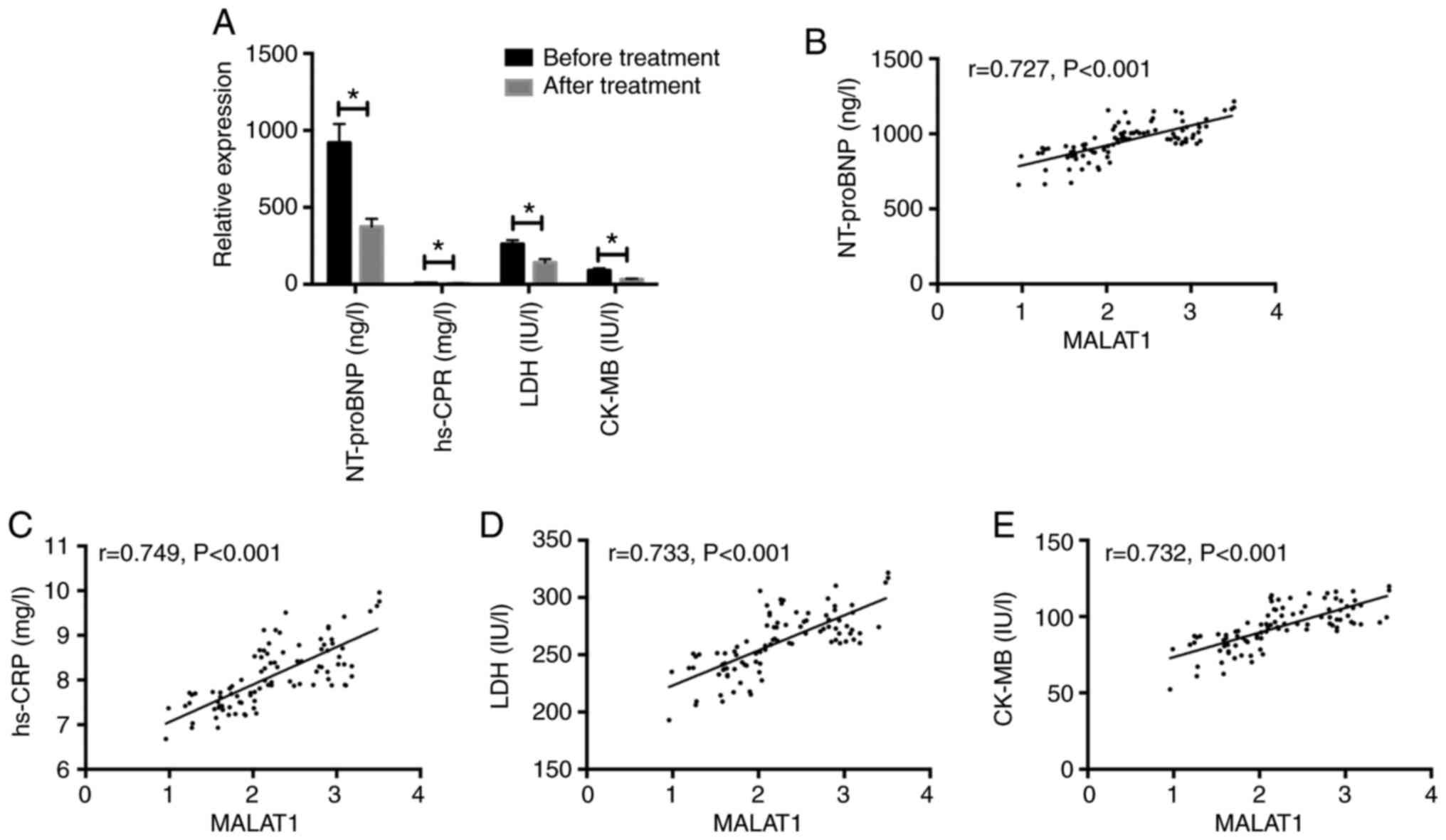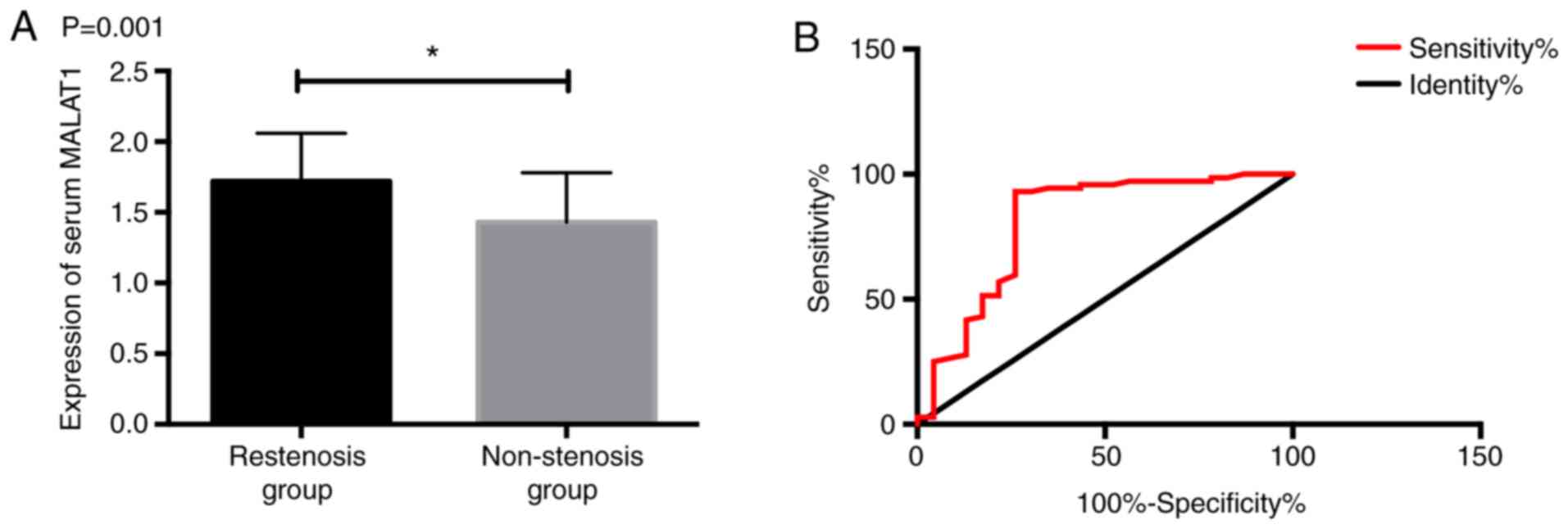|
1
|
Arslan M, Schaap J, Rood PP, Nieman K,
Budde RP, Attrach M, Dubois EA and Dedic A: HEART score improves
efficiency of coronary computed tomography angiography in patients
suspected of acute coronary syndrome in the emergency department.
Eur Heart J Acute Cardiovasc Care. 9:23–29. 2020.PubMed/NCBI View Article : Google Scholar
|
|
2
|
Zaman MO, Mojadidi MK and Elgendy IY:
Revascularization strategies for patients with myocardial
infarction and multi-vessel disease: A critical appraisal of the
current evidence. J Geriatr Cardiol. 16:717–723. 2019.PubMed/NCBI View Article : Google Scholar
|
|
3
|
Alizadehsani R, Roshanzamir M, Abdar M,
Beykikhoshk A, Khosravi A, Panahiazar M, Koohestani A, Khozeimeh F,
Nahavandi S and Sarrafzadegan N: A database for using machine
learning and data mining techniques for coronary artery disease
diagnosis. Sci Data. 6(227)2019.PubMed/NCBI View Article : Google Scholar
|
|
4
|
Verheye S, Vrolix M, Kumsars I, Erglis A,
Sondore D, Agostoni P, Cornelis K, Janssens L, Maeng M, Slagboom T,
et al: The SABRE trial (Sirolimus Angioplasty Balloon for Coronary
In-Stent Restenosis): Angiographic results and 1-year clinical
outcomes. JACC Cardiovasc Interv. 10:2029–2037. 2017.PubMed/NCBI View Article : Google Scholar
|
|
5
|
Ohyama K, Matsumoto Y, Amamizu H, Uzuka H,
Nishimiya K, Morosawa S, Hirano M, Watabe H, Funaki Y, Miyata S, et
al: Association of coronary perivascular adipose tissue
inflammation and drug-eluting stent-induced coronary
hyperconstricting responses in pigs: 18F-fluorodeoxyglucose
positron emission tomography imaging study. Arterioscler Thromb
Vasc Biol. 37:1757–1764. 2017.PubMed/NCBI View Article : Google Scholar
|
|
6
|
Cutlip DE, Garratt KN, Novack V, Barakat
M, Meraj P, Maillard L, Erglis A, Jauhar R, Popma JJ, Stoler R, et
al: 9-Month clinical and angiographic outcomes of the COBRA
Polyzene-F NanoCoated coronary stent system. JACC Cardiovasc
Interv. 10:160–167. 2017.PubMed/NCBI View Article : Google Scholar
|
|
7
|
Hu Y and Hu J: Diagnostic value of
circulating lncRNA ANRIL and its correlation with coronary artery
disease parameters. Braz J Med Biol Res. 52(e8309)2019.PubMed/NCBI View Article : Google Scholar
|
|
8
|
Zhang Z, Gao W, Long QQ, Zhang J, Li YF,
Liu DC, Yan JJ, Yang ZJ and Wang LS: Increased plasma levels of
lncRNA H19 and LIPCAR are associated with increased risk of
coronary artery disease in a Chinese population. Sci Rep.
7(7491)2017.PubMed/NCBI View Article : Google Scholar
|
|
9
|
Tripathi V, Ellis JD, Shen Z, Song DY, Pan
Q, Watt AT, Freier SM, Bennett CF, Sharma A, Bubulya PA, et al: The
nuclear-retained noncoding RNA MALAT1 regulates alternative
splicing by modulating SR splicing factor phosphorylation. Mol
Cell. 39:925–938. 2010.PubMed/NCBI View Article : Google Scholar
|
|
10
|
Gou L, Zou H and Li B: Long noncoding RNA
MALAT1 knockdown inhibits progression of anaplastic thyroid
carcinoma by regulating miR-200a-3p/FOXA1. Cancer Biol Ther.
20:1355–1365. 2019.PubMed/NCBI View Article : Google Scholar
|
|
11
|
Hu W, Ding H, Ouyang A, Zhang X, Xu Q, Han
Y, Zhang X and Jin Y: LncRNA MALAT1 gene polymorphisms in coronary
artery disease: A case-control study in a Chinese population.
Biosci Rep. 39(BSR20182213)2019.PubMed/NCBI View Article : Google Scholar
|
|
12
|
Untersteller K, Girerd N, Duarte K,
Rogacev KS, Seiler-Mussler S, Fliser D, Rossignol P and Heine GH:
NT-proBNP and echocardiographic parameters for prediction of
cardiovascular outcomes in patients with CKD stages G2-G4. Clin J
Am Soc Nephrol. 11:1978–1988. 2016.PubMed/NCBI View Article : Google Scholar
|
|
13
|
Tayefi M, Tajfard M, Saffar S, Hanachi P,
Amirabadizadeh AR, Esmaeily H, Taghipour A, Ferns GA, Moohebati M
and Ghayour-Mobarhan M: hs-CRP is strongly associated with coronary
heart disease (CHD): A data mining approach using decision tree
algorithm. Comput Methods Programs Biomed. 141:105–109.
2017.PubMed/NCBI View Article : Google Scholar
|
|
14
|
Sun Z and Almutairi AM: Diagnostic
accuracy of 64 multislice CT angiography in the assessment of
coronary in-stent restenosis: A meta-analysis. Eur J Radiol.
73:266–273. 2010.PubMed/NCBI View Article : Google Scholar
|
|
15
|
Andreini D, Pontone G, Mushtaq S, Pepi M
and Bartorelli AL: Multidetector computed tomography coronary
angiography for the assessment of coronary in-stent restenosis. Am
J Cardiol. 105:645–655. 2010.PubMed/NCBI View Article : Google Scholar
|
|
16
|
Amanuma M, Kondo T, Sano T, Takayanagi T,
Matsutani H, Sekine T, Arai T, Morita H, Ishizaka K, Arakita K, et
al: Assessment of coronary in-stent restenosis: value of
subtraction coronary computed tomography angiography. Int J
Cardiovasc Imaging. 32:661–670. 2016.PubMed/NCBI View Article : Google Scholar
|
|
17
|
Seo DJ, Kim YK, Seo YH, Song IG, Kim KH,
Kwon TG, Park HW and Bae JH: In-stent restenosis-prone coronary
plaque composition: A retrospective virtual histology-intravascular
ultrasound study. Cardiol J. 25:7–13. 2018.PubMed/NCBI View Article : Google Scholar
|
|
18
|
Yang CH, Chuang LY and Lin YD:
Multiobjective multifactor dimensionality reduction to detect
SNP-SNP interactions. Bioinformatics. 34:2228–2236. 2018.PubMed/NCBI View Article : Google Scholar
|
|
19
|
Zhao ZH, Wei H, Meng QT, Du XB, Lei SQ and
Xia ZY: Long non-coding RNA MALAT1 functions as a mediator in
cardioprotective effects of fentanyl in myocardial
ischemia-reperfusion injury. Cell Biol Int. 41:62–70.
2017.PubMed/NCBI View Article : Google Scholar
|
|
20
|
Grenning BA, Raymond I, Hildebrandt PR,
Nilsson JC, Baumann M and Pedersen F: Diagnostic and prognostic
evaluation of left ventricular systolic heart failure by plasma
N-terminal pro-brain natriuretic peptide concentrations in a large
sample of the general population. Heart. 90:297–303.
2004.PubMed/NCBI View Article : Google Scholar
|
|
21
|
Li S, Jiao Y, Wang H, Shang Q, Lu F, Huang
L, Liu J, Xu H and Chen K: Sodium tanshinone IIA sulfate adjunct
therapy reduces high-sensitivity C-reactive protein level in
coronary artery disease patients: A randomized controlled trial.
Sci Rep. 7(17451)2017.PubMed/NCBI View Article : Google Scholar
|
|
22
|
Zhang WY, Zhang QL and Xu MJ: Effects of
propofol on myocardial ischemia reperfusion injury through
inhibiting the JAK/STAT pathway. Eur Rev Med Pharmacol Sci.
23:6339–6345. 2019.PubMed/NCBI View Article : Google Scholar
|
|
23
|
Choi JH, Park HS, Kim DH, Cha JK, Huh JT
and Kang M: Comparative analysis of endovascular stroke therapy
using urokinase, penumbra system and retrievable (Solitare) stent.
J Korean Neurosurg Soc. 57:342–349. 2015.PubMed/NCBI View Article : Google Scholar
|
|
24
|
Zhao XY, Li JX, Tang XF, Xu JJ, Song Y,
Jiang L, Chen J, Song L, Gao LJ, Gao Z, et al: Prognostic value of
NT-proBNP in stable coronary artery disease in chinese patients
after percutaneous coronary intervention in the drug-eluting stent
Era. Biomed Environ Sci. 31:859–866. 2018.PubMed/NCBI View Article : Google Scholar
|

















